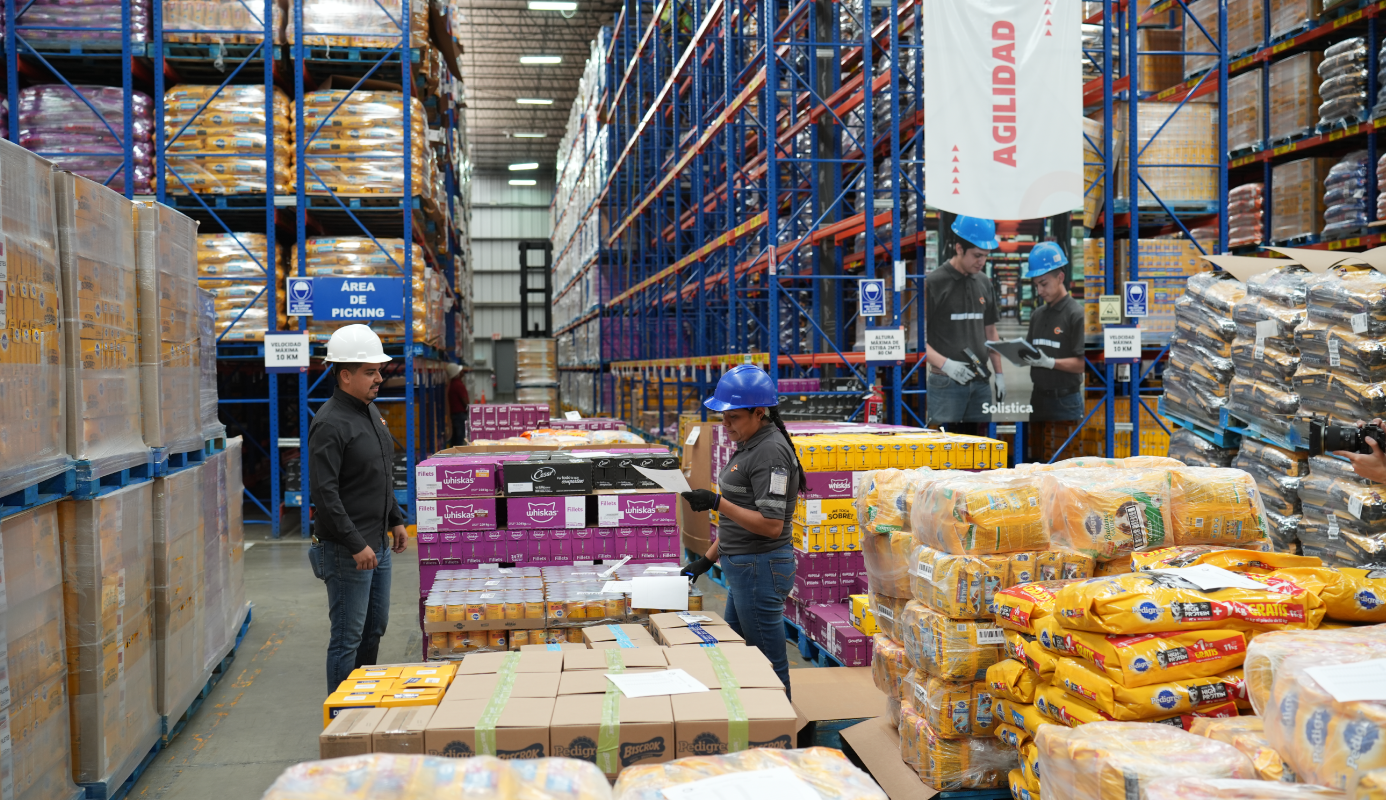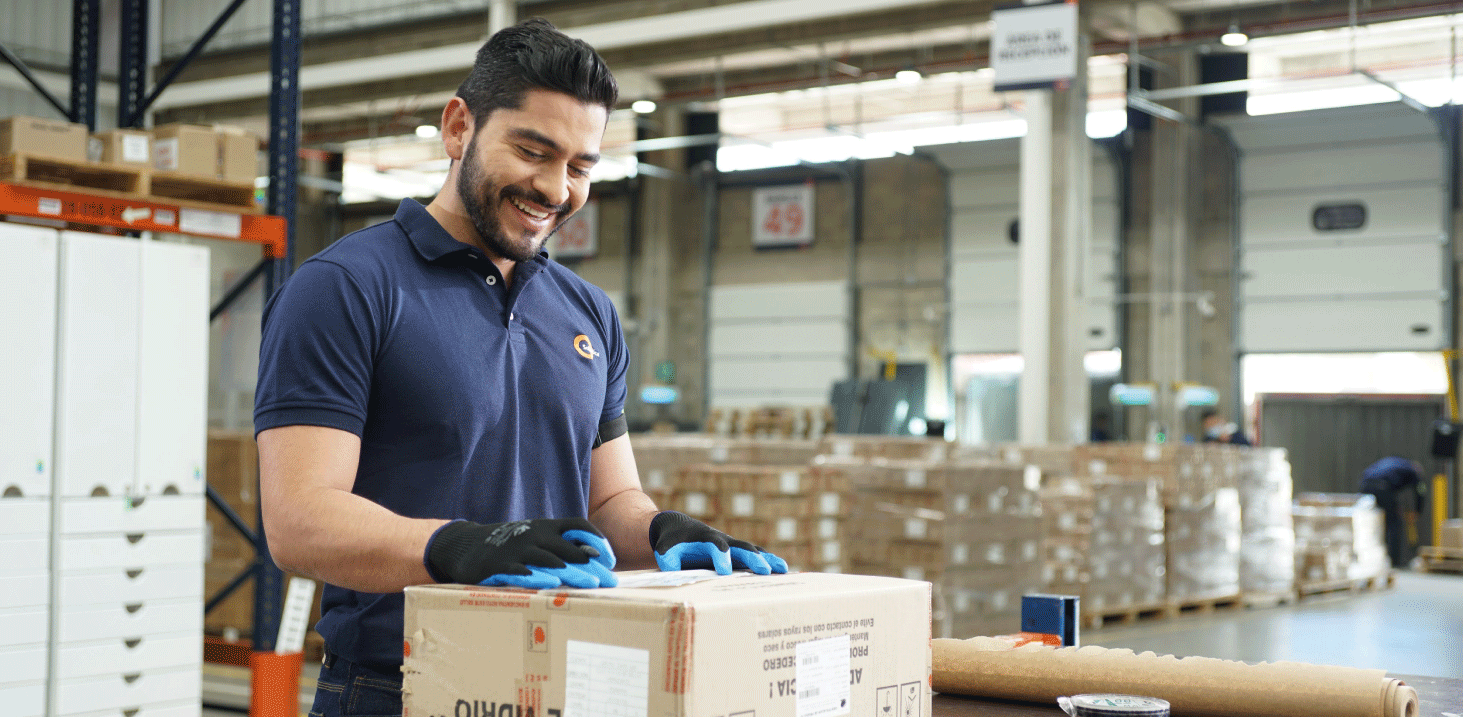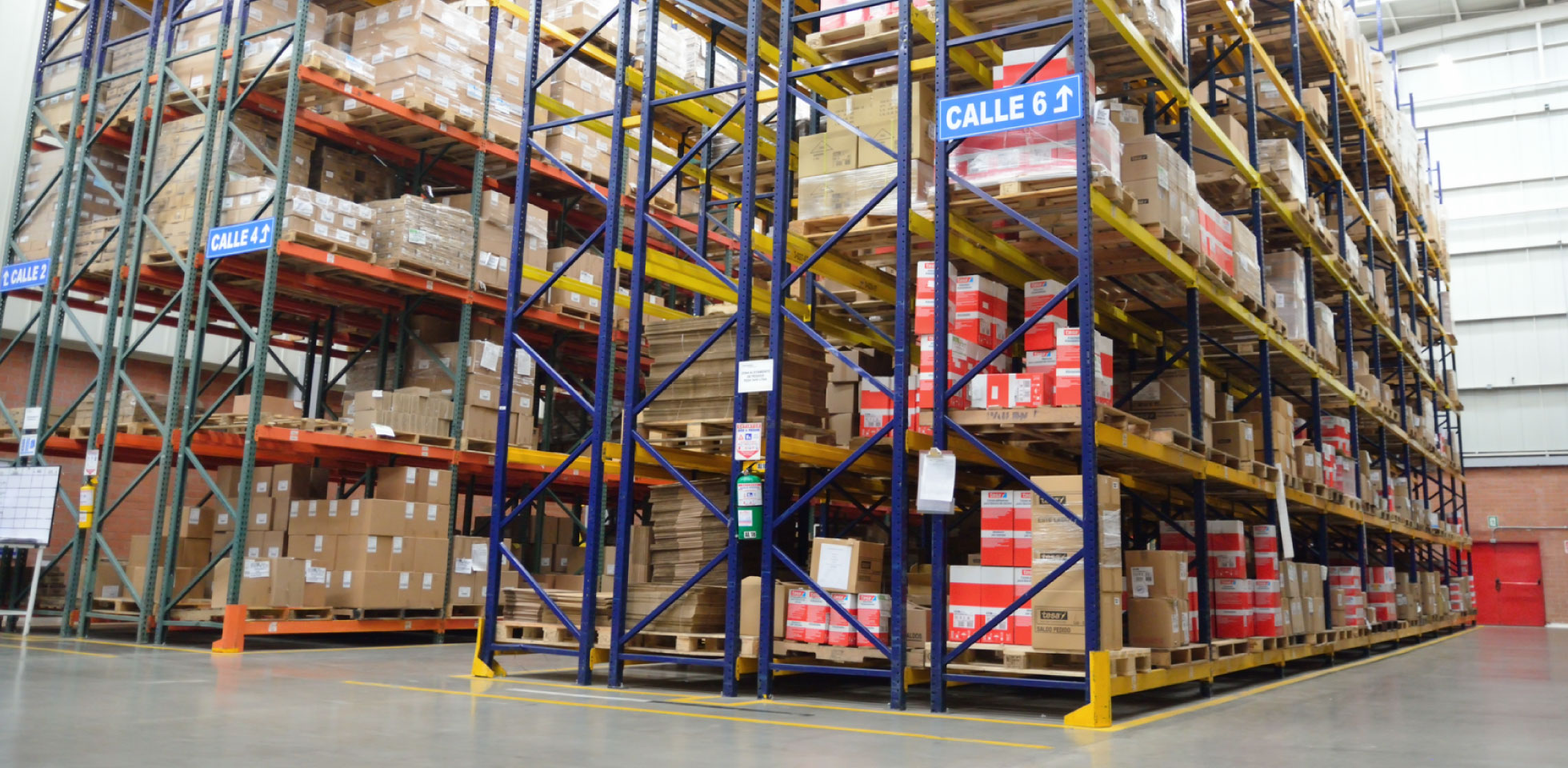The coronavirus pandemic is creating havoc in the world’s health systems and economies forcing millions of companies to shut down, especially those which raw materials or finished products come from China.
Covid-19 has exposed the vulnerability of the supply chains of all industries. The sectors affected the most are the automotive, electronics, pharmaceutical, and consumer goods industries. This is because, for the past 20 or 30 years, China has become one of the largest manufacturing centers in the world.
This Asian country supplies most of the processed components and raw materials the world needs. But not only Chinese manufacturers are facing the challenge of restarting their production capacity; the rest of the world has also been experiencing a strong downturn in pieces in their manufacturing lines.
What are companies doing to face this scenario?
Traditionally, companies consider cost, quality, and delivery as key metrics in their value chains, but they have found out that crises such as the Covid-19 pandemic, natural disasters, climate change, and geopolitical tensions can also greatly interrupt the supply chain.
We should keep in mind that supply chains are formed step by step; we cannot set them up overnight. Therefore, it is not that easy to quickly change them to adapt to unpredictable events such as the one we are experiencing today. Nevertheless, many manufacturers across the world are making their best efforts to find alternate solutions, such as the following:
- Hiring third-party services to compensate the downturn in deliveries from their main suppliers.
- Providing complete visibility of the supply chain to access data on critical components as quickly as possible.
- Redefining their inventory strategy to make sure they can meet the demand.
- Restructuring production systems to manufacture completely different products (diversification). In fact, some companies have put their efforts into manufacturing products to mitigate the spread of this virus.
- Taking advantage of technologies like the Internet of Things, Artificial Intelligence, Robotics and 5G, with DSN designed to anticipate and face future challenges.
This pandemic has reminded CEOs of the need for developing new commercial diversification and supply chain design strategies. In the future, the Key Performance Indicators of Logistics must take into consideration, besides cost, quality, and delivery, the Three Rs: Resilience, Response Capability, and Reconfiguration.
In addition, they must create more prediction models to schedule the demand and these models should consider risk factors and implement advanced technology to offer transparency and to run simulations of scenarios.
ONE OF THE BEST ALTERNATIVES FOR OVERCOMING THIS CONTINGENCY IS TO BE FLEXIBLE AND ADAPT.
It is a fact that the situation we are going through will force many companies and complete industries to rethink and transform their logistics model. Companies that invest in mapping the supply networks to avoid operating in the blind will be better equipped to endure a crisis since they will have better visibility of their logistics structure.
Solistica is aware of the impact on health and economy we are currently experiencing, and we continue offering our transportation and distribution services, doing our best to help our clients continue with their operations.







